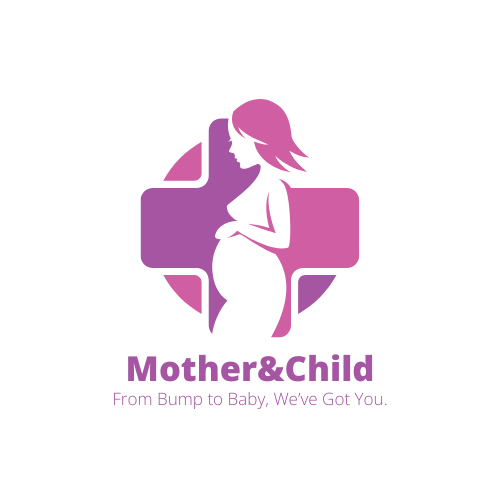🎯 Learning Focus
To help caregivers and health workers recognize the early and visible signs of jaundice—specifically yellowing of the eyes, palms, and skin—and understand when to take action.
🟡 What Causes the Yellow Colour?
The yellow colour seen in babies with jaundice comes from bilirubin, a yellow pigment that builds up when red blood cells are broken down faster than the liver can remove it.
When bilirubin levels are high, it accumulates in body tissues, starting in the face and eyes, then spreading downward if untreated.
👁️👶🏾 Where to Look for Jaundice
| Body Area | What to Check | What It Means |
|---|---|---|
| Eyes (sclera) | Whites look yellow | One of the earliest signs |
| Palms and soles | Turn yellow | Suggests severe jaundice |
| Face and chest | Look yellowish | Mild to moderate jaundice |
| Belly and legs | If yellowing reaches here, bilirubin may be dangerously high |
💡 Check in natural light—not under yellow bulbs or low light!
✅ The “Blanch Test” (for CHWs & Parents)
-
Press gently on baby’s nose, chest, or forehead with your thumb.
-
Watch the skin as you release:
-
If it turns white, then pink — normal
-
If it turns yellow, the baby may have jaundice
-
👀 Use daily during the first 5–7 days, especially after home delivery.
🕐 When Does Yellowing Happen?
| Timing | Possible Cause | Action Needed |
|---|---|---|
| Before 24 hours | Often abnormal (blood mismatch, G6PD, infection) | Urgent referral |
| Day 2–5 | Physiological jaundice (common) | Monitor + frequent breastfeeding |
| After Day 7 | Could mean infection or liver problem | Must evaluate urgently |
🧠 Jaundice that starts early or lasts long needs urgent attention.
📍 Community Myth:
“A little yellow in the eyes is normal in African babies. It will go away on its own.”
🚫 Wrong!
While mild jaundice is common, ignoring worsening yellowing can lead to brain damage, hearing loss, or death.
📷 Visual Aid for Mothers (Coming soon as a printable chart):
| Level | Area Affected | Bilirubin Estimate | Action |
|---|---|---|---|
| Level 1 | Face only | <10 mg/dL | Monitor, breastfeed |
| Level 2 | Chest | 10–15 mg/dL | Refer to health facility |
| Level 3 | Palms/soles | >20 mg/dL | Urgent treatment needed |
📎 For digital bilirubin tracking tools, explore:
-
BiliCam smartphone app (pilot in Kenya): https://www.bilicare.com
-
AWHONN Jaundice Assessment Tool: https://www.awhonn.org
📖 Real-Life Example – Kenya
A newborn in Kisii was born at home. His grandmother noticed yellow eyes on Day 2 but said:
“It’s just the colour of his father’s side.”
By Day 4, his whole body was yellow, and he refused to feed. He was rushed to a health centre, but needed a blood transfusion and had permanent hearing loss.
🧩 Mini Quiz – Recognizing Yellowing
Q1. Where does jaundice often show first in a baby?
A. Belly
B. Eyes (sclera)
C. Toes
D. Arms
✅ Answer: B
Rationale: The whites of the eyes usually turn yellow before the skin.
Q2. What does yellowing of the palms and soles mean?
A. Baby is strong
B. Baby is getting enough sun
C. Jaundice is severe
D. Baby has a skin infection
✅ Answer: C
Rationale: Jaundice spreading to the hands and feet means bilirubin is dangerously high.
Q3. If jaundice appears in the first 24 hours, what should you do?
A. Wait 3 days
B. Rub the baby with herbs
C. Refer urgently to a health facility
D. Give sugar water
✅ Answer: C
Rationale: Jaundice starting before 24 hours is a red flag and requires medical attention.
🧭 Reflection Prompt:
“Look at your newborn’s eyes and skin in daylight every morning. Share what you see with a CHW, TBA, or nurse—even if it seems small. Early noticing saves lives.”


